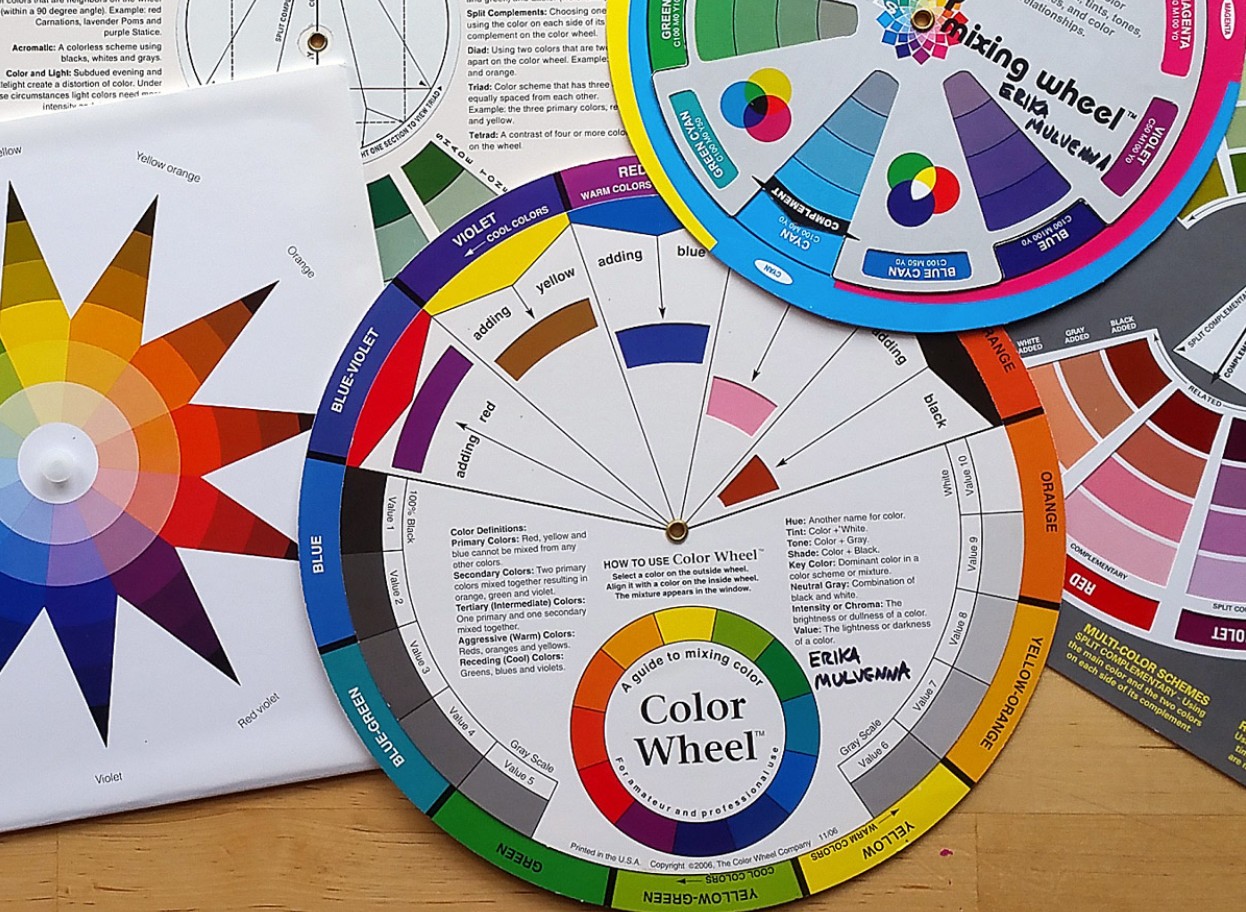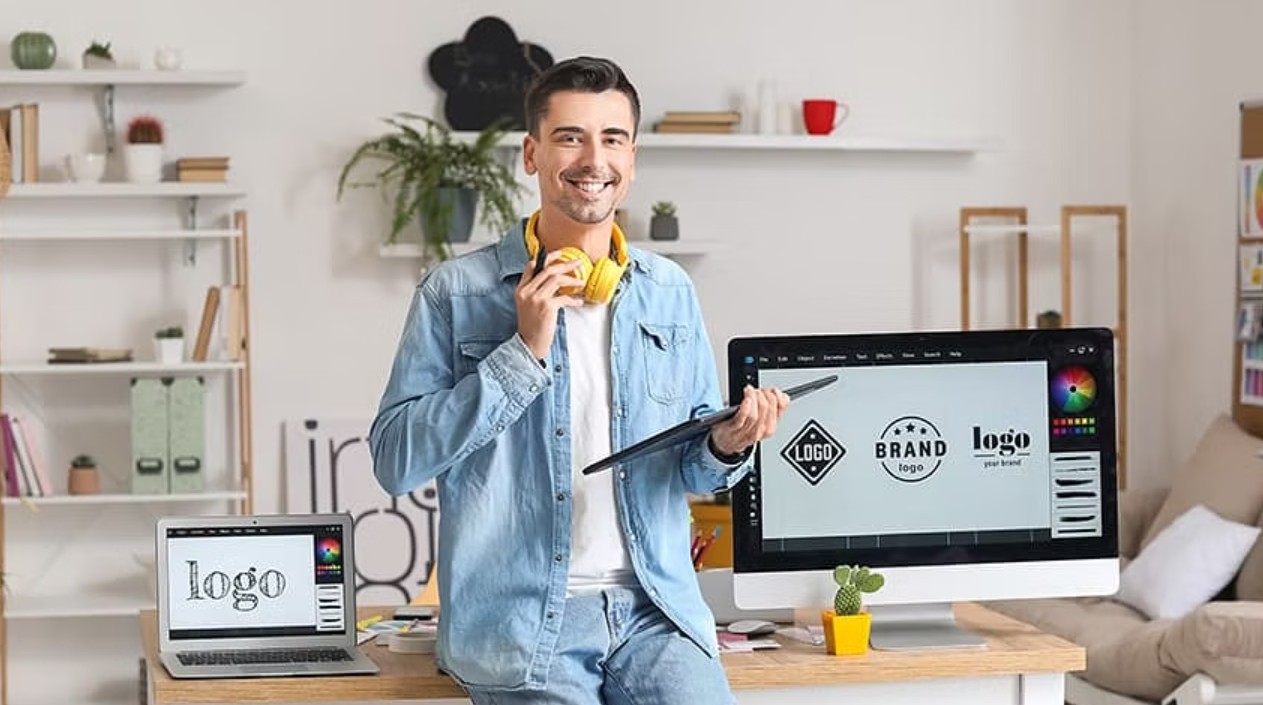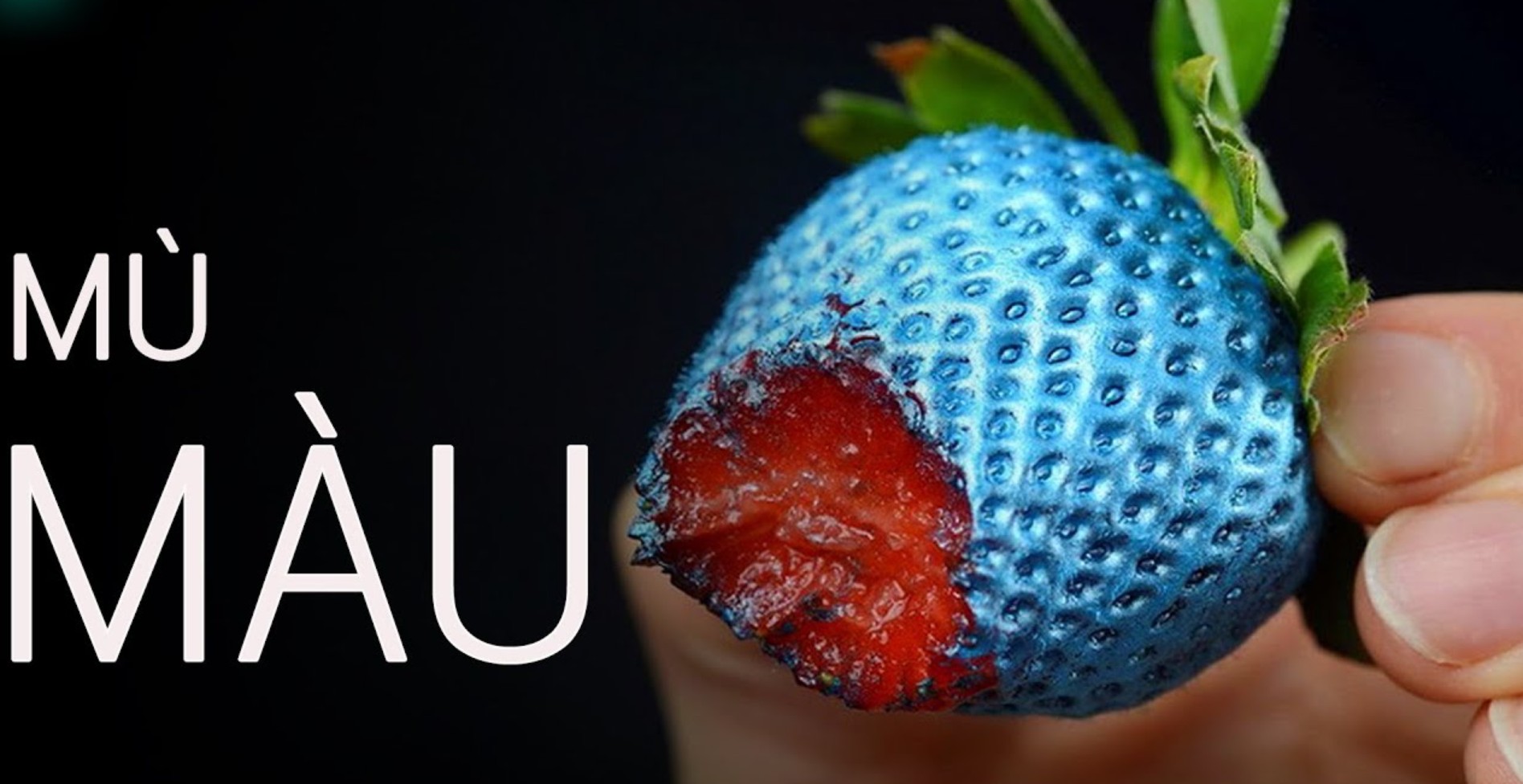Best Selling Products
Color Wheel – Pure Color Wheel and Professional Color Combinations
Nội dung
Have you ever wondered why some colors create harmony while others create an unpleasant feeling? The secret lies in the Color Wheel – an important tool that helps you understand how to combine colors scientifically and professionally.

Have you ever wondered why some colors look so harmonious together, while others just seem off-putting? The secret lies in the Color Wheel – an important tool in design, art, and everyday life.
If you are learning about colors, color combinations, or simply want to decorate your living space beautifully, understanding the Color Wheel will help you make more suitable color choices. In this article, we will explore what the Color Wheel is, its origin, and the components that make up the color wheel!
1. Some basic information about Color Wheel
The Color Wheel is a circular diagram that arranges colors in a logical system, showing the relationship between colors. This is a useful tool to help us understand how to coordinate colors effectively, creating harmony or contrast depending on the purpose of use.
The Color Wheel originated in the 17th century, invented by scientist Isaac Newton when he studied optics and how light dispersed into different colors. Since then, the Color Wheel has been improved and developed into a complete color system, playing an important role in painting, design, fashion and even interior decoration.
.png)
Other terms included in the Color Wheel:
Primary, secondary, tertiary colors, form 12 basic colors, we call it HUE color.
To make the Color Wheel more detailed, we add the Tint - Shade - Tone color combinations.
2. Components that make up the Color Circle
The color wheel is divided into three main color groups, which make up the rich color system we see every day.
2.1. Primary Colors
Primary colors are the basic colors that cannot be created by mixing other colors. These are the three foundation colors of every color system:
· Red
· Yellow
· Blue
From these three primary colors, we can create all the other colors in the Color Wheel.
(1).png)
2.2. Secondary Colors
Secondary colors are colors created by mixing two primary colors together in equal proportions. They include:
· Orange = Red + Yellow
· Green = Blue + Yellow
· Purple = Blue + Red
These colors make the color palette more diverse and rich.
(1).png)
2.3. Tertiary Colors
Tertiary colors are created by mixing a primary color with a secondary color adjacent to it on the color wheel. Tertiary colors include:
· Red-Orange
· Yellow-Orange
· Yellow-Green
· Blue-Green
· Blue-Purple
· Red-Purple
(1).png)
Thanks to this color group, the Color Wheel becomes more complete and rich, giving us more options when mixing colors.
If you haven't tried putting the Color Wheel into practice, start today! Whether it's decorating a room, coordinating an outfit, or designing a project, a little knowledge of color can help you create creative and engaging combinations.












































